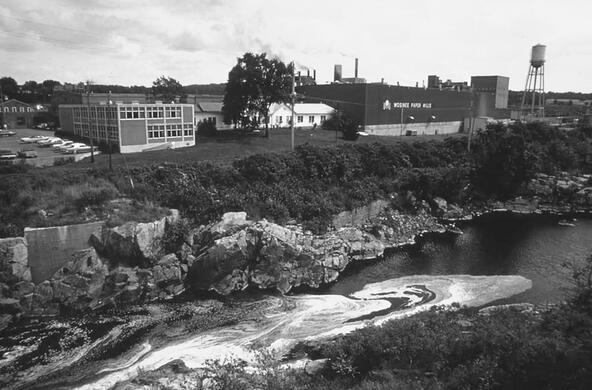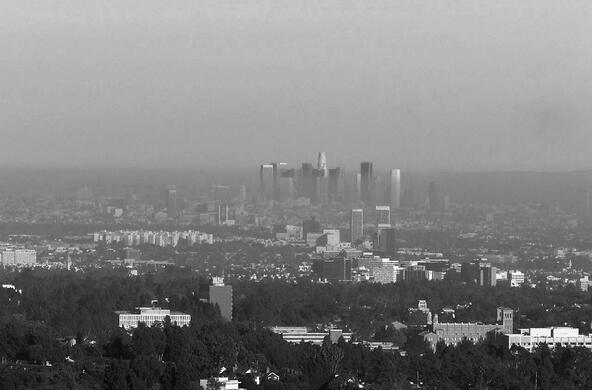We ecologists take a lot of flack for always having depressing news to report. It's not often we get to say there is good news on the environmental front, but those of us concerned with air pollution have certainly had reasons to smile this summer.
To begin with, the Environmental Protection Agency announced a new program that will substantially reduce air pollution and acid rain in our region. The Cross-State Air Pollution Rule will require power plants to reduce sulfur oxide emissions by 70 percent and nitrogen oxide emissions by over 50 percent, when compared to 2005 levels. This will be positive for both the environment and human health.
These pollutants are the main culprits in the formation of acid rain. Reductions should allow faster recovery of acidified lakes, streams, and soils in the Catskills, Adirondacks and other heavily affected areas of the eastern United States. These are the largest cuts in these emissions since the Clean Air Act Amendments of 1990, which helped us turn the corner on acid rain, but did not solve the problem.
Even more importantly, sulfur and nitrogen oxide emissions are central to the effects of air pollution on human health through the formation of tiny airborne particles and ozone gas, both of which damage our lungs.
EPA estimates the new rules will avoid at least 13,000 premature deaths because of air pollution, 15,000 nonfatal heart attacks, and 400,000 aggravated asthma cases annually.
The Northeast has lagged behind other parts of the country in reducing air pollution, in part because of our location. We receive pollution that drifts downwind from states in the Southeast and Midwest. The Cross-State Air Pollution Rule tackles the problem by recognizing that cleaning up the air for everyone requires emission reductions in upwind as well as downwind states.
So how much does all this cost? The EPA estimates the new rule will produce $120 million to $280 billion per year in benefits to health and welfare, compared to a cost of about $2.4 billion per year to implement. That is clearly a bargain. Costs are kept low by a cap-and-trade system that allows industries to purchase and trade emission credits. Previous programs to reduce sulfur emissions have shown cap-and-trade systems like this to be highly efficient and cost-effective.
Because this new rule deals with electric power plants, it only solves part of the air pollution problem. Vehicle pollution is another very important part, and that is the subject of the second item of good news. On July 29, President Barack Obama announced a deal with automakers that will double the fuel economy of passenger cars from a fleet average of 27 miles per gallon today to 54.5 miles per gallon by 2025.
While the final rule has yet to be written, the outlines presented last month are very encouraging. In addition to saving us money and reducing our dependence on oil imports, higher gas mileage will reduce smog, help curtail greenhouse gas emissions and reduce nitrogen oxide emissions that lead to ozone, acid rain, and damage to forests, lakes and estuaries.
In the midst of all the partisan wrangling about the debt ceiling this summer, it was heartening to see the executive branch of government taking actions to improve our lives in a direct and tangible way. These two new rules would result in major strides in reducing air pollution.
Let's hope partisan warfare doesn't sink these promising environmental initiatives. House Majority Leader Eric Cantor recently announced he has targeted the Cross-State Air Pollution Rule as an example of a "job-destroying regulation," and he plans to begin an effort to delay or repeal it this month. We in the Northeast will breathe easier if he does not succeed.






